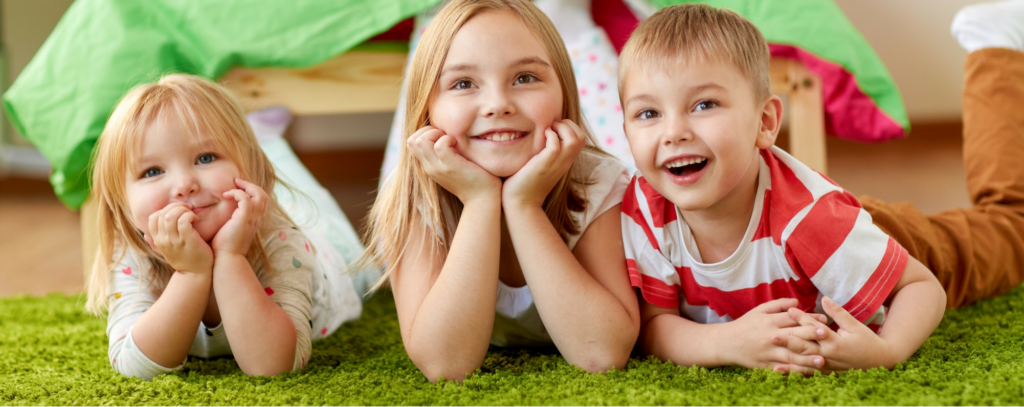
Dysfunctional elimination in children occurs when the child is having a problem either holding or releasing urine or stool. The pelvic floor is made up of muscles and other tissues that form a sling from the pubic bone to the tailbone. They help to support the abdominal and pelvic organs and to control bladder and bowel activity.
Your child’s pelvic floor muscles may not be working together with the bladder and/or bowel, and the normal voiding or emptying reflexes can be disrupted. This can lead to a chronic abnormal pattern of elimination which does not allow the bladder or bowel to empty completely.
What are the symptoms of BBD?
Childhood BBD include:
- day and night wetting
- urinary tract infections
- toilet training problems
- constipation and encopresis (unintentional loss of stool)
- urinary frequency and urgency
These problems can be embarrassing and uncomfortable. The great news is the majority of these problems can be resolved within 4-6 weeks with an effective bowel and bladder elimination program. Bedwetting will take longer but can show significant improvement within 4-6 months. Consulting with a professional specializing in BBD will give your child the greatest opportunity for improvement.
Will my child out-grow BBD?
This is a common misconception. The majority of BBD symptoms resolve by age 5. However, up to 25% of children continue to have problems that do not resolve as they get older. Most of the time, these problems are not caused by a physical, but rather a functional problem with the pooping and peeing systems.
The majority of children who struggle with these problems are expert holders of poop and pee. These issues are very hard and frustrating for patients and families. Most kids and their parents have been dealing with the frustrations and concerns for an average of 3 years before they begin to look for help.
Our Program
The therapy is individualized for each child and their family. For most children, a functional and behavioral modification program can be tailored for them that will help with the problems. This is not meant to imply that the issue is a behavior problem, but rather to refer to the behavior of the bowel and bladder systems that need to be retrained. Nearly all children with these issues cannot control the problem, choose to stop the problem or make it better without retraining the bowel and bladder.
